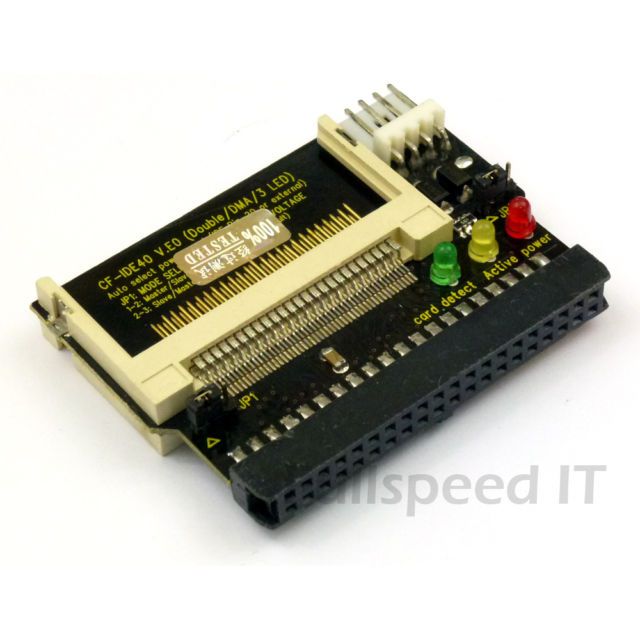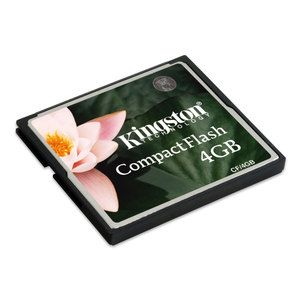First post, by DataPro



For benchmarking, I use Diskspeed32 under Win98SE.
My motherboard has an Intel Triton Chipset that don't allow UDMA mode. Fastest mode is PIO4.
Maximum theorical speed is 16 Mb/s.
the IDE-CF adapter is mounted directly on the first motherboard's IDE slot. It has two CF card slots.
The Phoenis BIOS has 6 Gb limit for HDD. I choose to install 2 4Gb CF Cards.
Benchmark (read only):
C: Sandisk 30 Mb/s
Access time: 1.1 ms
Average Speed : 3145 Kb/s
CPU load : 15,5%
D: Kingston 5 Mb/s
Access time: 1.3 ms
Average speed : 7075 Ko/s
CPU load: 100%
After one year of use, my 1995's computer is reliable, faster and silent.
Note : With Win9x you need a lot of RAM (>80 Mb) because virtual memory must be disabled.
HP Vectra 562 P166Mhz/256Ko L2 cache/Triton 430FX - 112Mo RAM - 2x 32Go+64Go CF Card - Matrox G2 8Mo - SB AWE64 ISA (PnP) + Roland MT-32 & M-GS64 (SC-88) & JV-1010 - Nec USB 2.0 PCI - Promise Ultra100 TX2 - Hama multicard reader